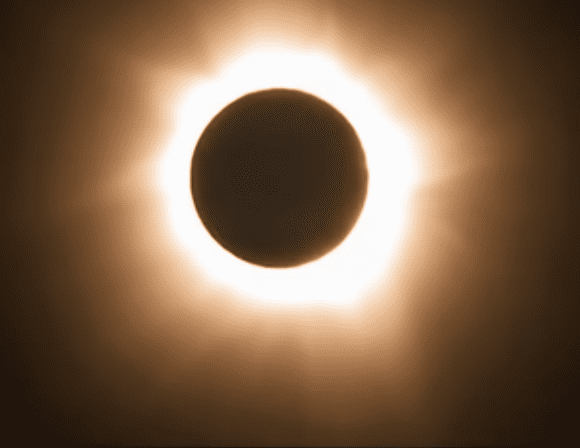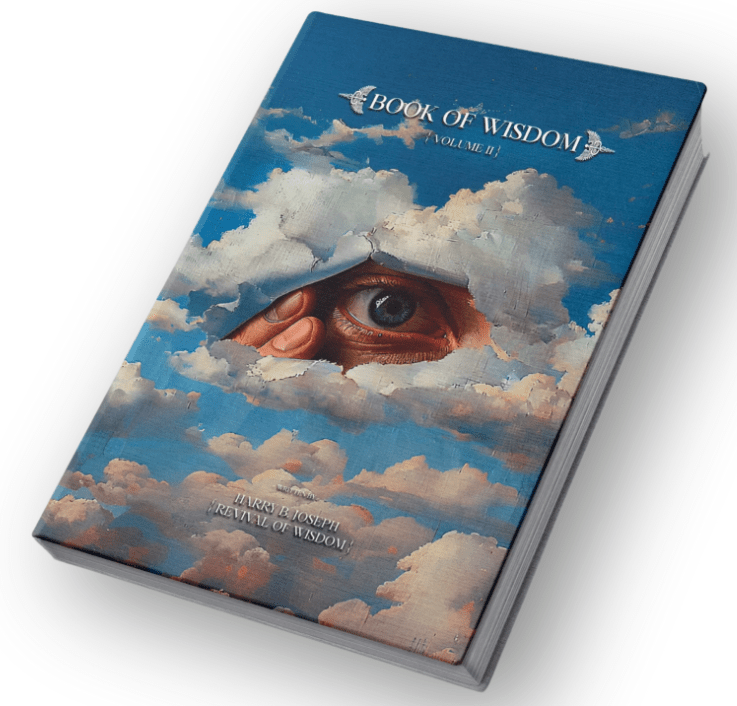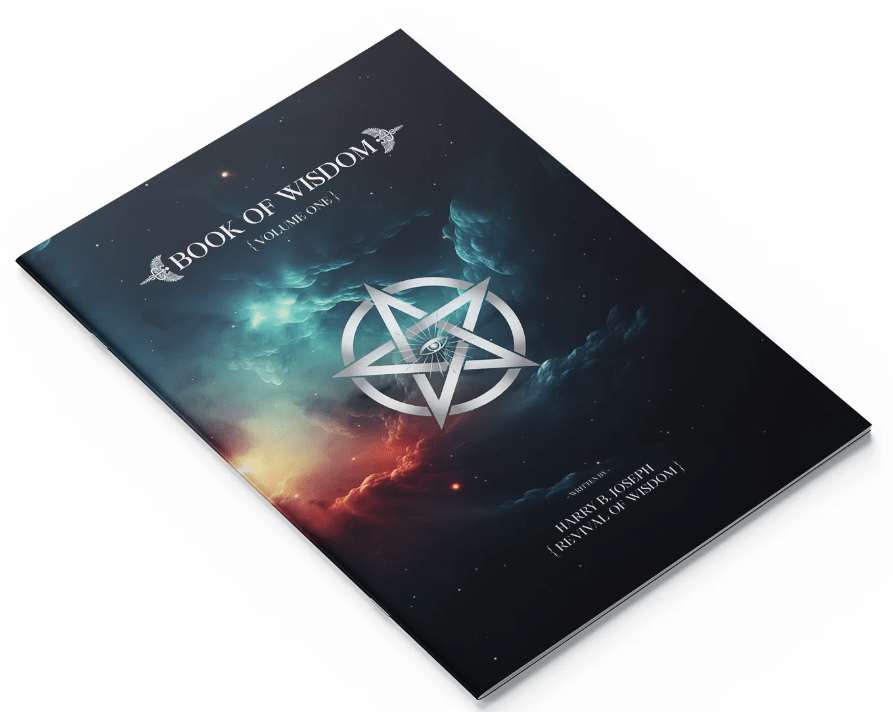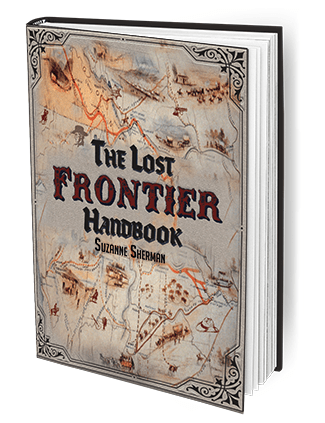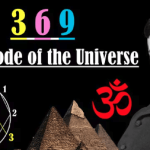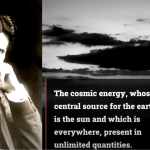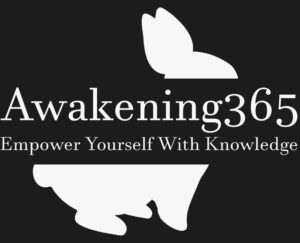Introduction to the Geocentric Flat Earth Model and Eclipses
In this intriguing video presentation, the speaker explores the geocentric flat earth model and how eclipses work within this unconventional framework. While NASA and mainstream science explain eclipses as the moon passing between the Earth and the Sun, the speaker challenges this explanation and presents a unique perspective on the phenomenon.
The Argument Against NASA’s Explanation
The speaker argues that NASA’s explanation of eclipses is incomplete, suggesting that the Sun and Moon appear to be the same size in the sky, which is not explained by the fact that the Sun is 400 times larger than the Moon. To support this argument, the speaker provides visual evidence, showing the sun and the moon on a cloudy day and night, respectively. They explain that to the human eye, the two celestial bodies appear to be the same size.
Citing Scripture to Support the Argument
The speaker then cites the scripture of Enoch, specifically chapter 72 verse 37, and chapter 78, to support their argument that the Sun and Moon are indeed equal in size. The scripture describes the two luminaries as having equal circumference and size, which the speaker uses to reinforce their argument. They suggest that common sense and instincts tell us that the Sun and Moon are the same sizes, and this is because they are.
Demonstrating How Eclipses Work in the Geocentric Flat Earth Model
Finally, the speaker uses a flashlight and a penny to demonstrate how a total eclipse would take place in the geocentric flat earth model. The flashlight represents the Sun, while the penny represents the Moon. By moving the flashlight, the speaker demonstrates how it would block the light from the penny during a total eclipse.
The Importance of Exploring Alternative Theories
While the geocentric flat earth model and its explanation of eclipses may be unconventional, it’s important to explore alternative theories and perspectives. By questioning the status quo and challenging long-held beliefs, we can expand our understanding of the world and the phenomena we observe.
Encouraging Viewers to Watch the Video
To gain a comprehensive understanding of the geocentric flat earth model and how eclipses work, we strongly recommend that you watch the video that accompanies this article. The speaker presents their argument with clarity and provides visual evidence to support their claims. By watching the video, you will have the opportunity to immerse yourself in the research and theories presented and draw your own conclusions about the nature of the world we live in.
Engaging in Open Discussions and Debates
As you explore alternative theories and perspectives, consider engaging in open discussions and debates with others. By sharing your findings and challenging others’ beliefs, you can contribute to a more informed and well-rounded society. Encouraging healthy debate and promoting intellectual curiosity can lead to a greater understanding of the world and the complexities it contains.
Final Thoughts on the Geocentric Flat Earth Model and Eclipses
The geocentric flat earth model and its explanation of eclipses challenges conventional understanding and presents a unique perspective on this natural phenomenon. While the model and its supporting evidence may be controversial, it’s important to approach them with an open mind and consider the possibility that there may be more to the world than what we have been taught.
By exploring alternative theories and perspectives, we can broaden our understanding of the world and the mysteries that it holds. The geocentric flat earth model and its explanation of eclipses are just one example of the many unconventional theories that exist, and by considering them, we can gain new insights into the workings of the natural world.
We hope that this article has inspired you to explore the geocentric flat earth model and how eclipses work within it. Remember to approach these theories with an open mind and engage in healthy discussions and debates with others. By doing so, we can promote intellectual curiosity and expand our understanding of the world we live in.

